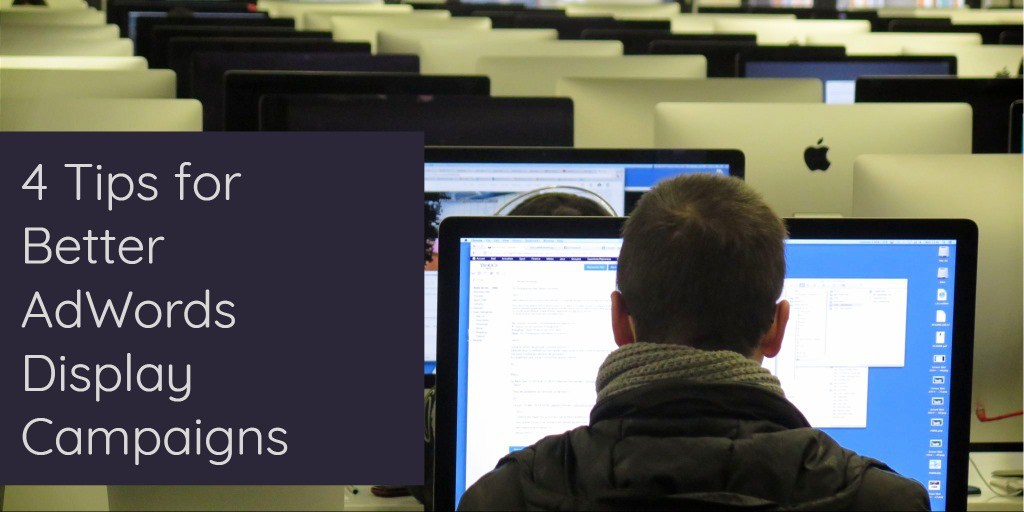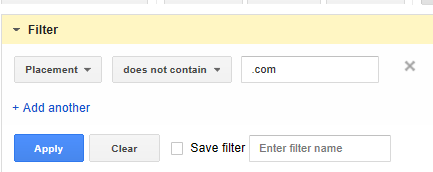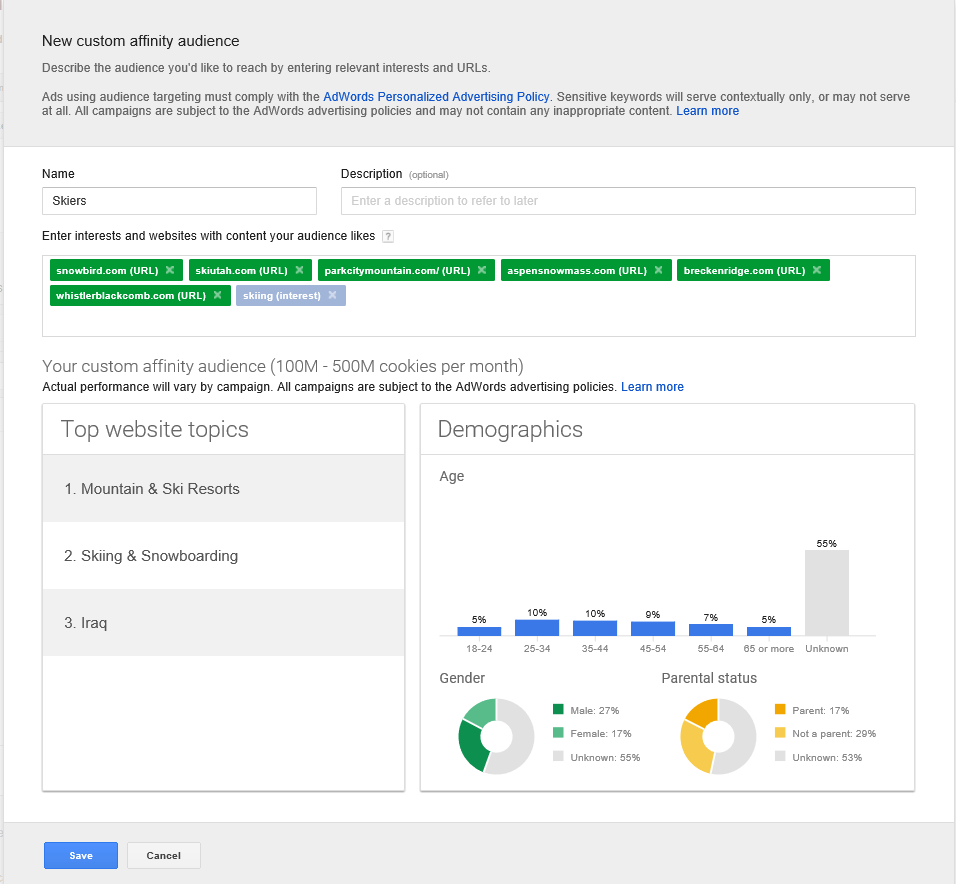
Google’s Display Network can suck your advertising budgets dry if you’re not careful. Due to the large size of the network (Google claims the network includes over 2 million websites 650K apps and reaches 90% of all internet users worldwide) Google has no problem showing ads for virtually any advertiser. However, the quality of those impressions clicks can vary drastically. To give your Display campaigns a leg-up, here are 4 tips:
1. Treat Keywords Differently Than Search
Keyword-based advertising is awesome because it allows advertisers to put their ad in front of a potential customer at exactly the moment that person is searching. When that intent matches up with your product/service you have a great chance to make the sale. However, Display advertising is more passive in nature so your keyword strategy must change as well.
Keyword match type isn’t really a thing in Display. Simply load your keywords in as broad match, without “+” signs or brackets or quotes. But don’t add too many. Since Google is matching your keywords to the content of the website/app if you give it too many the targeting becomes broad to the point of being worthless. Don’t use more than 15-20.
2. Negative Placements Audiences Are Your Friends
Regardless of how you choose to target the Display network (remarketing, keywords, placements, audiences, etc.) you are able to use negative placements and audiences to restrict where your ads show up.
For example, if you already have a remarketing campaign in place and want to create a Display campaign to find new users, then you should add your remarketing audiences as negative audiences to prevent your campaigns from overlapping.
Also, you can view the placement report in AdWords to see exactly what websites or apps are displaying your ads. If they are irrelevant or don’t match with your brand, you can exclude them. Personally, I’ve found that most sites that don’t end in .com tend to perform poorly for me (in the US). So set up a filter like this to easily add those types of placements as negative placmements.

3. Segment Ad Types
The Display network has so many sites and apps that virtually every ad size and format is available. Text ads, image ads, HTML ads, responsive ads, etc. all COULD show. However, as an advertiser you want to know which ad units perform well which perform poorly so you can pump up top performers and keep ad copy fresh.
To help with this I recommend keeping ad types in separate ad groups. If you have an existing campaign or if you’re creating a new campaign this is easiest to accomplish in AdWords Editor. Just copy/paste the ad group and append “Text” or “Image” to the ad group names. Then load up each one with the appropriate ad types.
4. Create Your Own Affinity Audiences
Google has launched a new feature called Custom Affinity Audiences. Using this option you can define your own affinity audience. For example, you could create your own audience of skiers. Populate the custom affinity audience with websites of top resorts and the interest of “skiing” and AdWords will even show you some info about your new audience:

You are able to see the audience size, topics of those websites and demographics. I’m not sure why Iraq showed up and you can see that Google still doesn’t have a lot of age/gender/parental information on users but it’s a cool tool to use.
Conclusion
If you bridle the beast that is the Google Display Network you can successfully reach new, relevant users as they browse the internet. And you don’t have to break the bank to do it!
